August 14, 2023

Known as the Super 7, these seven tennis elbow exercises are collectively used as part of an overall treatment plan for physical injury to be done five times daily.
Every exercise in this regimen is designed to stretch, strengthen or relax a specific set of muscles. This treatment plan is ideal for the rehabilitation or prevention tennis elbow, making it beneficial for people who repeatedly lift or move at the elbow during work or while playing sports.
The first stretch loosens the wrist extensors, which are responsible for extending the wrist. During the first exercise, fully stretch the arm. While the arm is stretched, push the palm downward until the stretch is felt within the forearm.
The second stretch involves stretching the wrist flexors, which flex the wrist. Start by completely straightening the arm with the palms facing upward. Then, like exercise number one, push the palm downward.
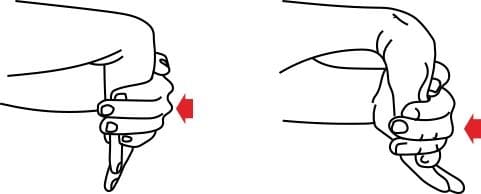
It is important to overdo the exercises, which can exacerbate the injury.
The first building exercise helps the wrist extensors. Start by making the palm point downward while holding the weighted object. Lift the wrist to pull the object back. Keep this lift steady for two seconds before lowering the weight.
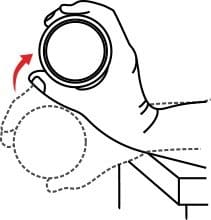
This exercise concentrates on the wrist flexors. Face the palm upward, and hold the weight. Lift the wrist, and keep this movement steady for two seconds before carefully lowering the wrist.
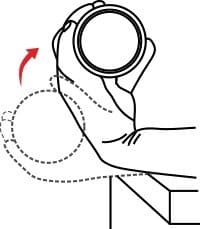
During this exercise, the wrist deviators are strengthened. Make a thumbs up while holding the weight. Then, move only the wrist upward and downward.
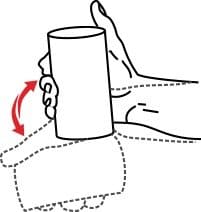
The final exercise focuses on the wrist supinato a maximum of 50 times.
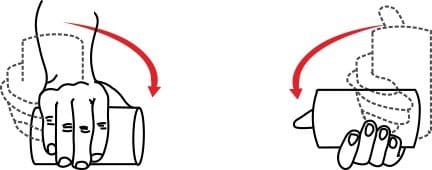
Last on the list is a massage. The sore area should be rubbed for five minutes by applying firm pressure with two fingers.
Sometimes, a certain exercise may worsen the pain. If this happens, immediately call a physical therapist or doctor.

Dr. Lev Kalika is a world-recognized expert in musculoskeletal medicine. with 20+ years of clinical experience in diagnostic musculoskeletal ultrasonography, rehabilitative sports medicine and conservative orthopedics. In addition to operating his clinical practice in Manhattan, he regularly publishes peer-reviewed research on ultrasound-guided therapies and procedures. He serves as a peer reviewer for Springer Nature.
Dr. Kalika is an esteemed member of multiple professional organizations, including: